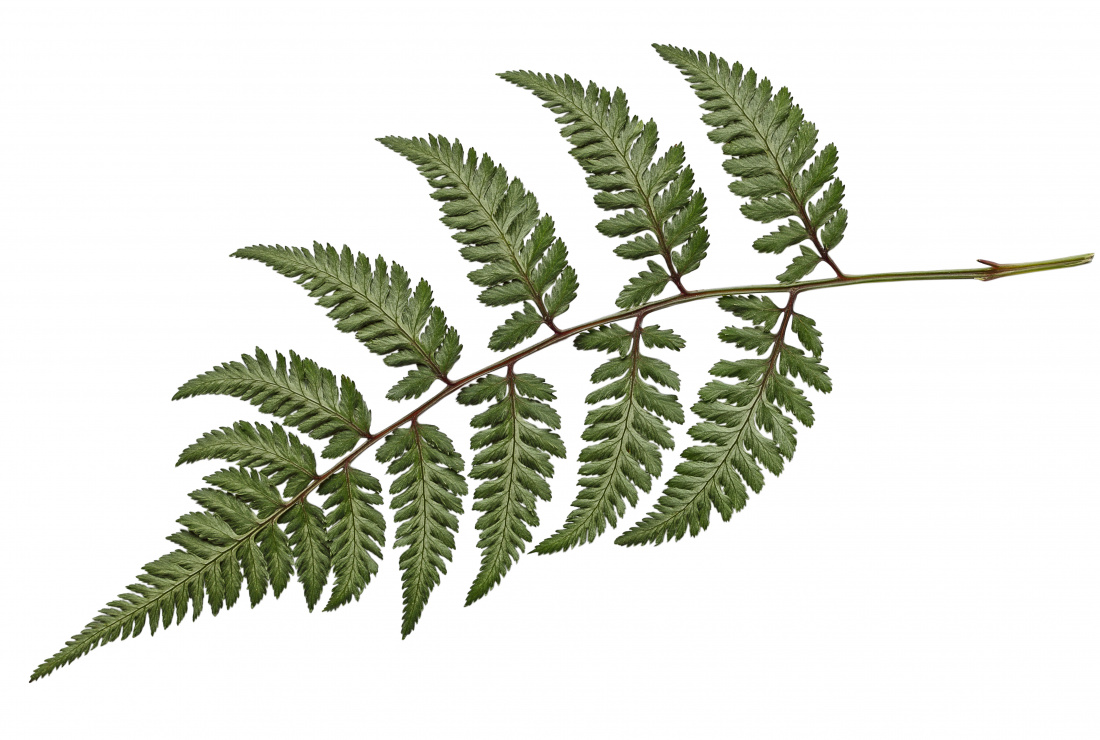
The Different Types of Hardy Ferns and How to Care for Them
Hardy ferns are great because you can grow them all year long without having to bring them inside. Most enjoy both heat and cold, growing like wildfire no matter where you live. They even have ferns in Alaska. But there are over 10,000 species of ferns, so how do you know what to get?
A hardy fern can handle cold temperatures, typically down to freezing and below. Although some hardy ferns also do well in the heat, some varieties do not like it. The cinnamon fern and maiden fern both thrive in zones 2 – 10, making them the hardiest of the bunch.
With all of the hardy ferns in the fern family, it can be difficult to decide which one is for you. The best way to determine what would work best for you is to find out what growing zone you are in and find the fern that does best in that zone. We will go over the top 10 hardy ferns in this article.
The Top 10 Hardy Ferns
Most ferns are hardy plants, to begin with, and do well even if you have a brown thumb. While there are over 50 hardy ferns, these 10 are the best in the widest variety of zones and conditions.
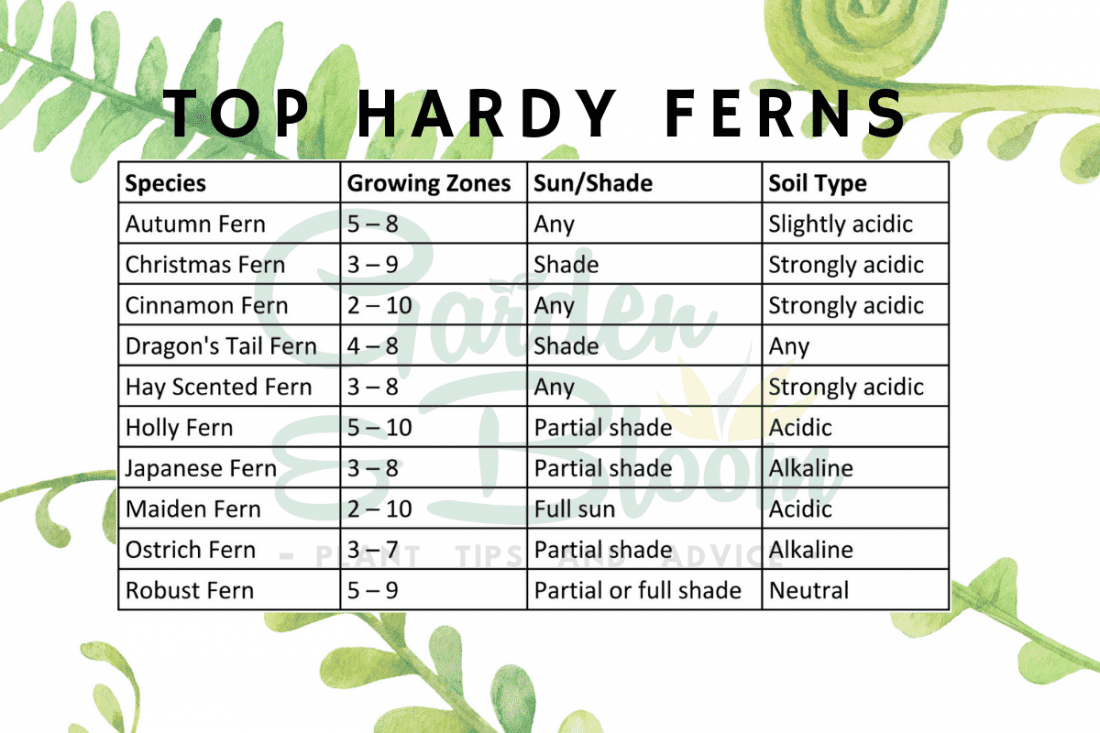
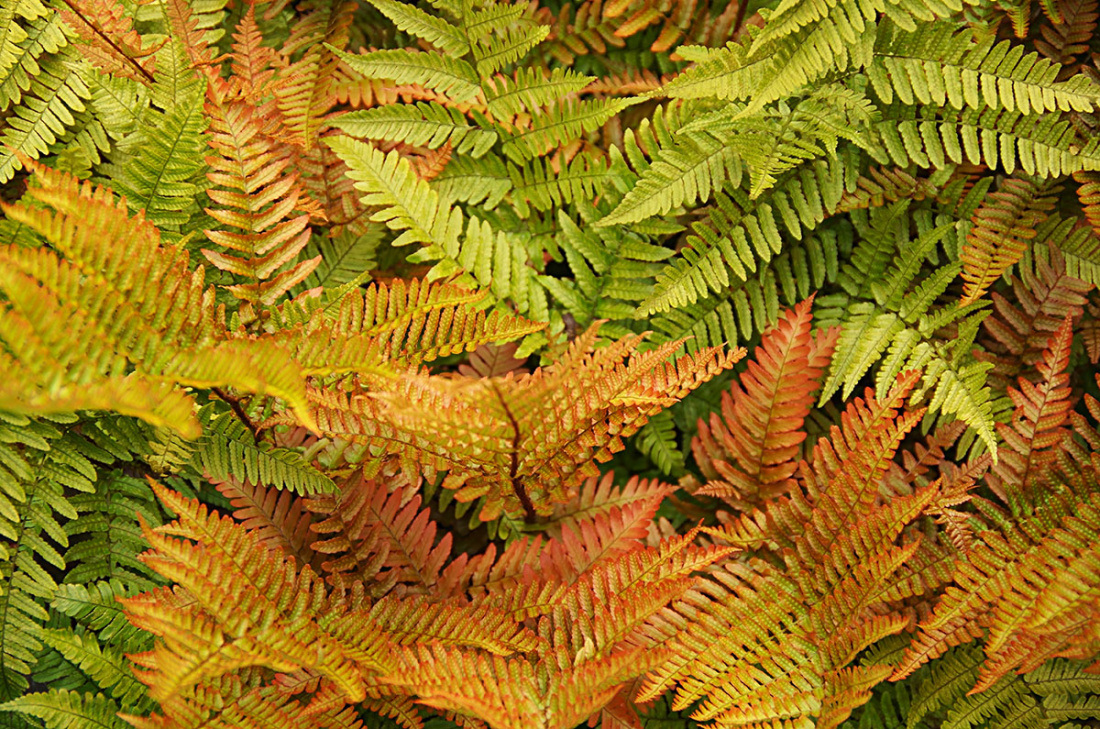
Autumn Fern (Dryopteris Erythrosora)
The coppery red and orange colors of the fronds give this fern its name, although it is also known as the Japanese Shield Fern. The Autumn Fern is happy whether it is in the sun or the shade and can be planted in woodland gardens or along shady borders. In fact, just about any garden area will do.
The Autumn Fern will grow to be about 18 to 24 inches tall and needs regular watering to keep the soil moist. The triangular fronds are typically orange to copper in the fall and turn a deep glossy green by winter. However, the juvenile plants are bright red.
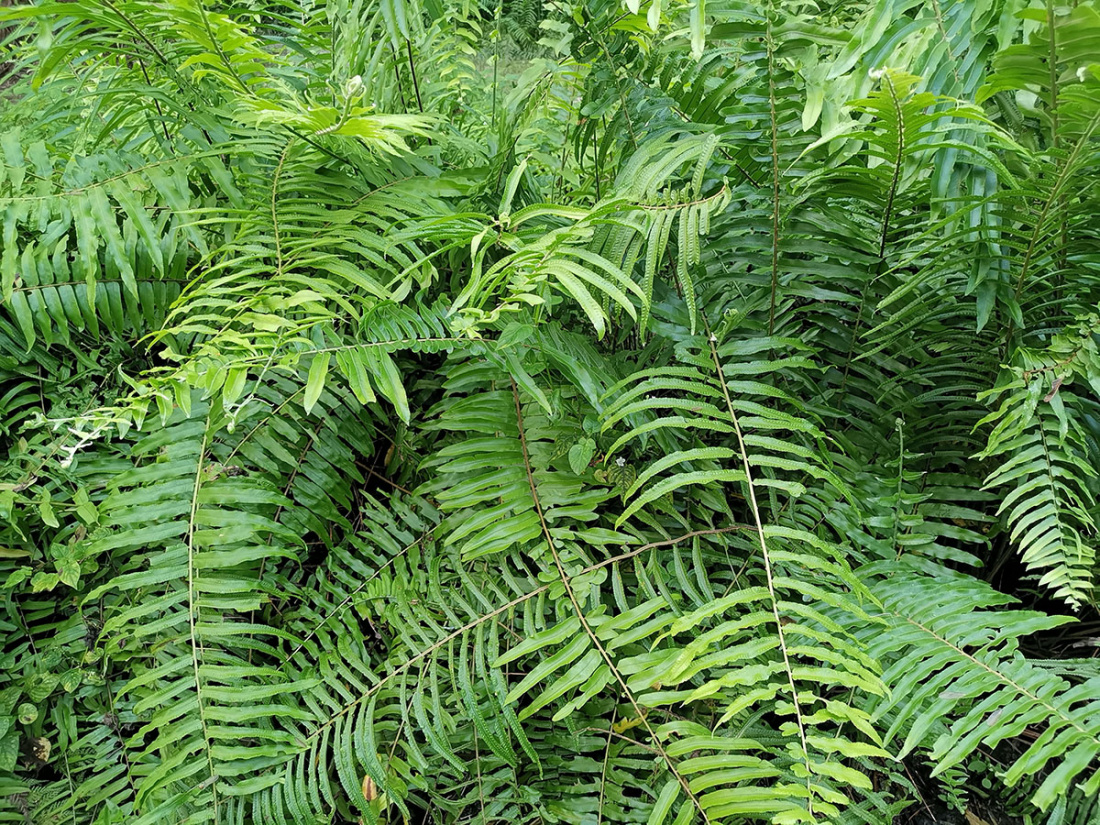
Christmas Fern (Polystichum Acrostichoides)
This fern typically grows in wooded slopes and forests in the wild. But it makes an excellent addition to any garden with its large evergreen leaves. It grows up to two feet tall and likes dry to medium soil with good drainage.
In the spring, when the fern first blooms, the pinnae are stocking-shaped, which is where it got its name. It could also be the fact that it is even green at Christmastime. The Christmas Fern adds that extra touch of green to the wintertime blues.
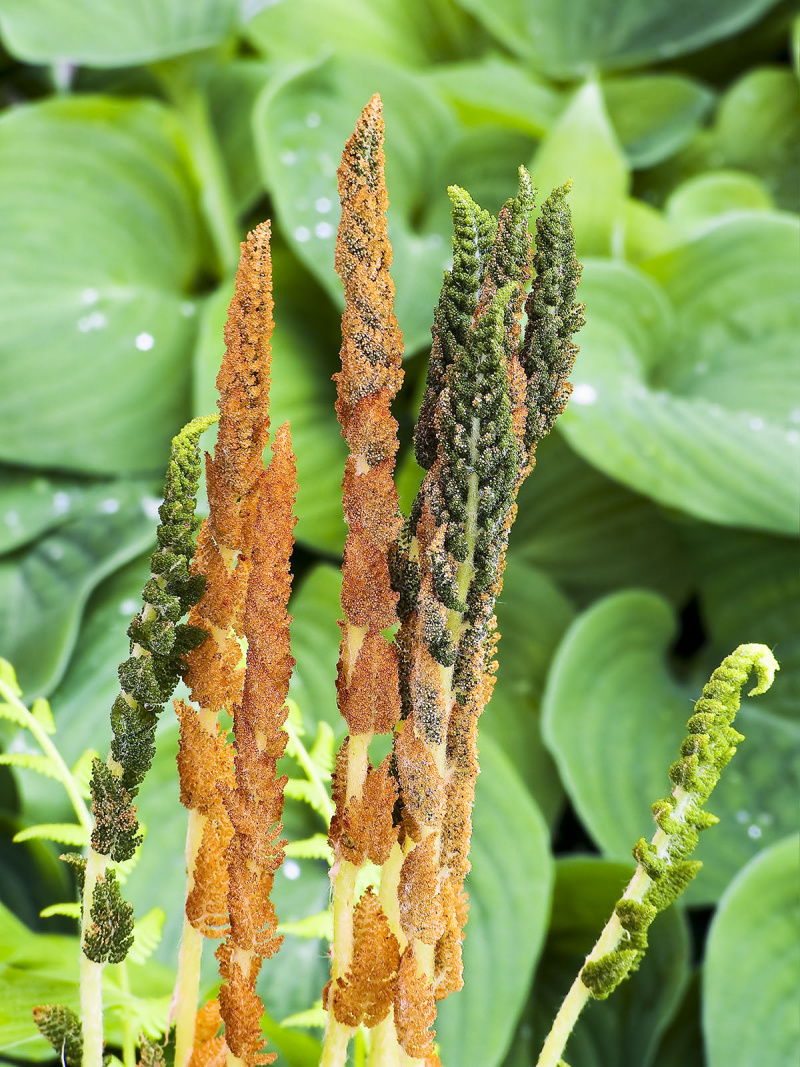
Cinnamon Fern (Osmunda Cinnamomeum)
The Cinnamon Fern likes moist and rich soil but will adapt to grow just about anywhere. It is typically found along rivers and streams in the wild and usually only grows to three feet, but it can reach five feet with constant watering.
The large, fiddle-shaped fronds are yellowish-green but turn yellow in summer. The name comes from the cinnamon-colored fibers at the base of each leaf. These do well in the shade and look great along water gardens and borders.

Dragon's Tail Fern (Asplenium Ebenoides)
Also known as the Walking Spleenwort or Scott's Spleenwort, the Dragon's Tail Fern is a hybrid between a walking fern and an ebony spleenwort. It only grows up to about 12 inches high and has glossy and narrow pinnae with triangular fronds.
The small fern does well in limestone and has shallow creeping roots that need well-drained soil to prevent root rot. Although it likes some sun, it can grow in heavy shade as well. Watch for slugs, which seem to like this plant.
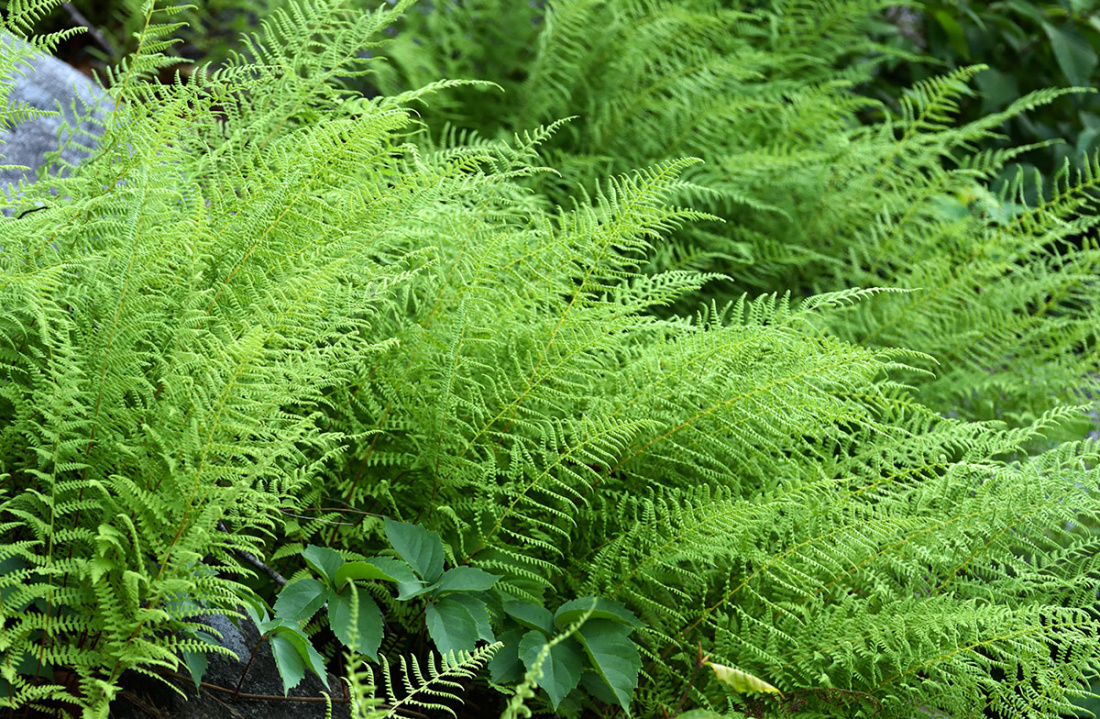
Hay Scented Fern (Dennstaedtia Punctilobula)
The Hay Scented Fern owes its name to the fragrance of freshly mown hay it releases when touched. This is a very hardy plant that can grow in moist and rich acidic soil as well as it grows in rocky soil. Once it is established, it can even grow in drought conditions.
Growing up to three feet tall, the fronds are greenish-yellow in color and look weedy or lacy. The Hayscented Fern also does well in the shade, so it can be planted in areas with little sun all year long. But it likes the sun too. In the fall, the fronds turn yellow but will green up again in the spring.

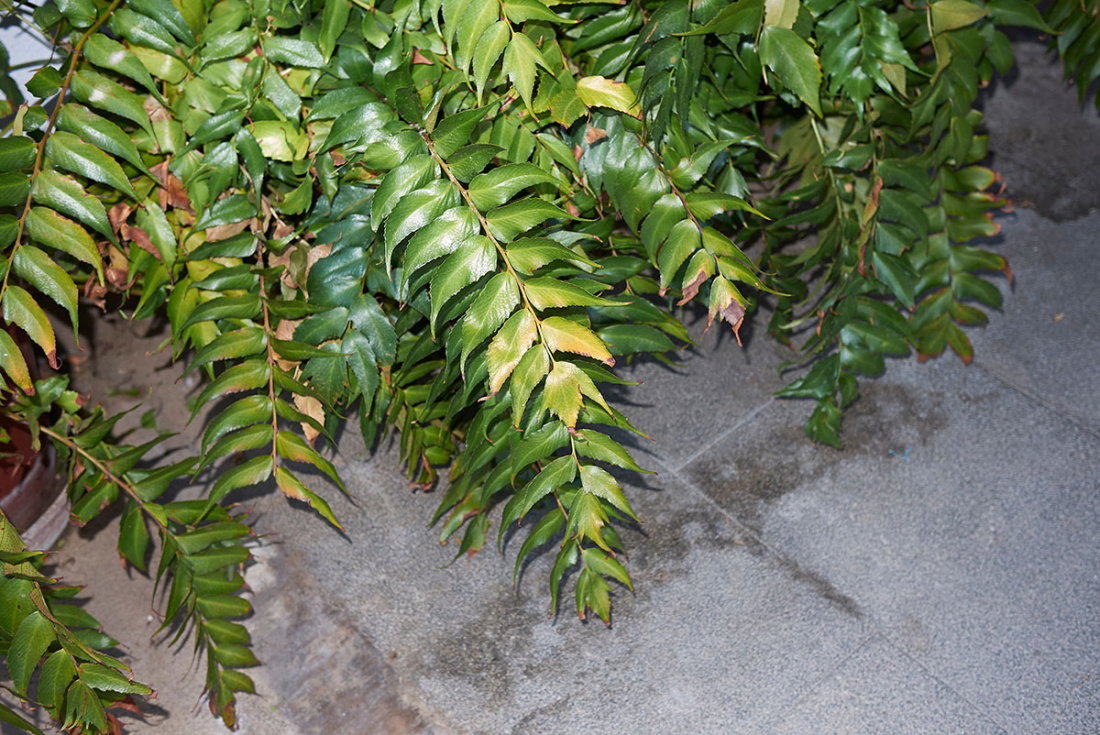
Holly Fern (Cyrtomium Falcatum)
Also known as the Japanese Holly Fern, this hardy plant likes the warmth more than the others but can tolerate temperatures around 30 degrees Fahrenheit. They like moist, but well-drained soil with shade and will even tolerate full shade.
Native to Asia and growing to 24 inches, this plant got its name from its fronds that look like branches of a holly tree. It stays green all year and has glossy fronds with thick leathery pinnae. They often spread through the spores, so it has been known to escape gardens.
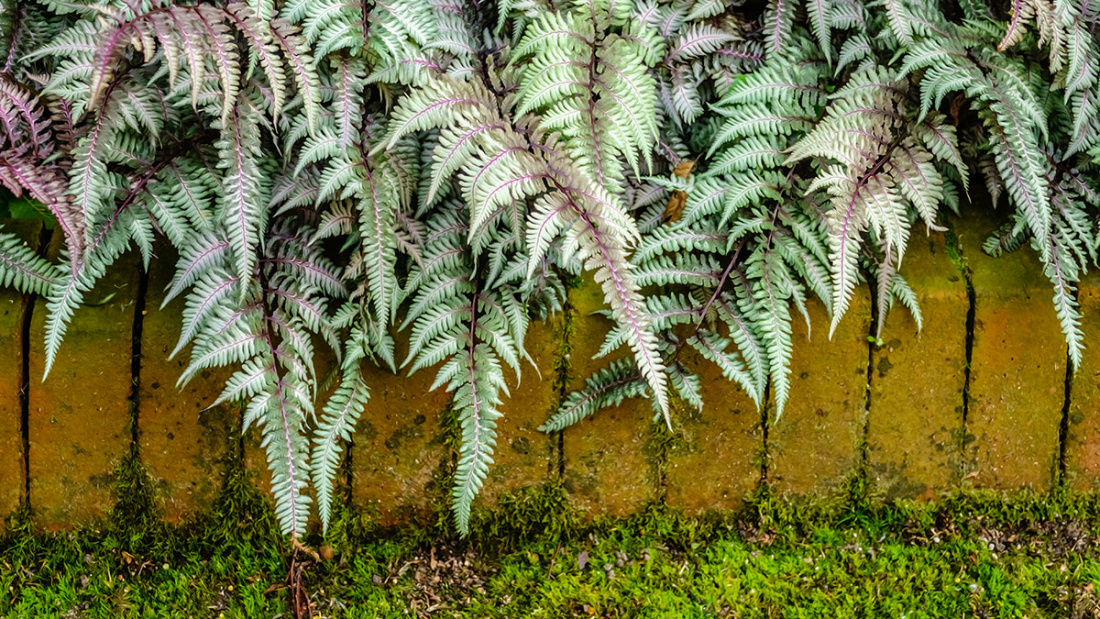
Japanese Painted Fern (Athyrium Niponicum Pictum)
Another Asian variety of ferns, this one has a beautiful maroon and silvery color that looks painted, which is where it earned its name. The large fronds grow up to 18 inches tall and seem to like shade and lots of moisture.
You can divide the clumps in early spring to let them branch out, or they will crowd each other out. In fact, this fern can take over a garden in good conditions. During the summer, the fronds are a deep green, turning back to silver as the weather cools.
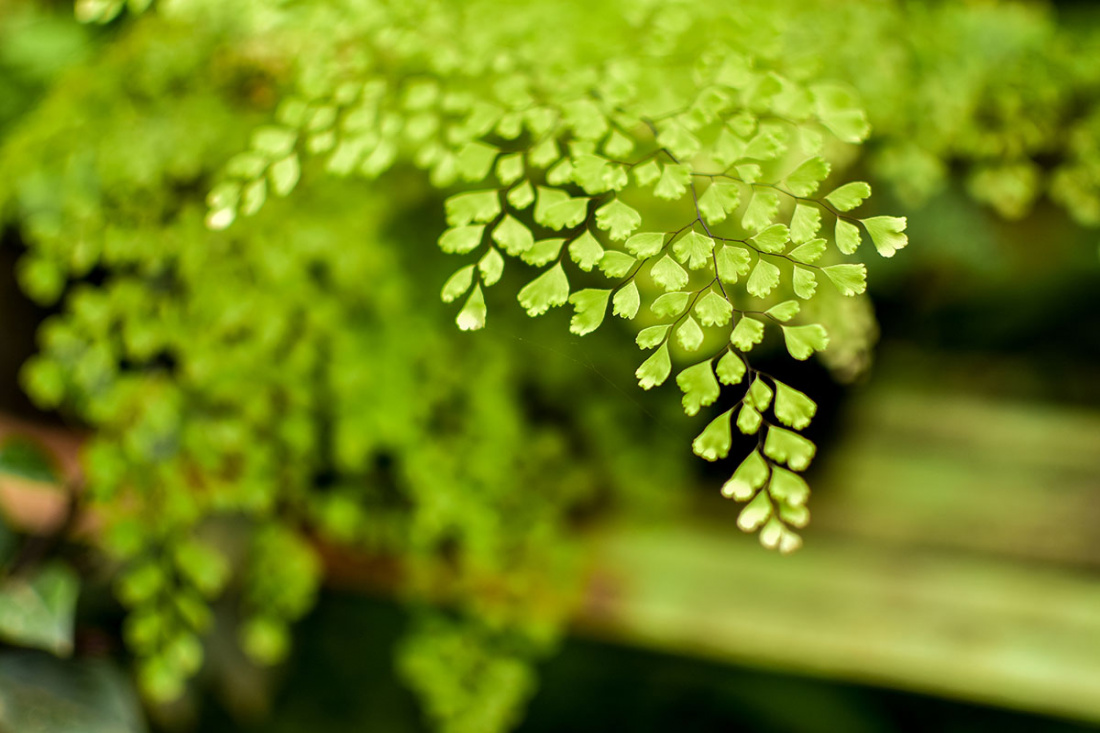
Maiden Fern (Thelypteris Spp.)
Also known as a Marsh Fern, the Maiden Fern grows well in the heat but likes the cold as well. The plant grows up to two feet tall with regular watering and partially shaded conditions. They like moist and loamy soil, and the long green fronds are sturdy and upright.
You will need to cut the old fronds off in late winter before the new growth for the foliage's best color and thickness. They can be spread through rhizomes to form groups as well. Although they do not like dry soil, they cannot handle standing water either.
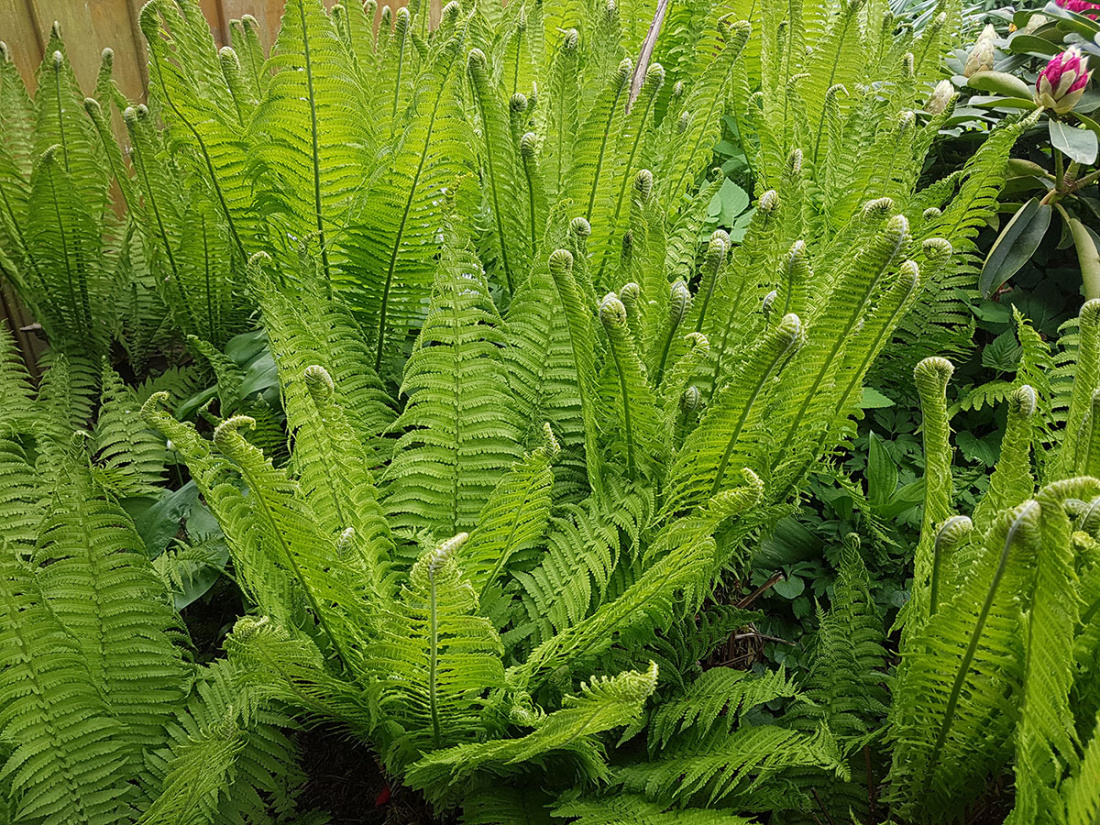
Ostrich Fern (Matteuccia Struthiopteris)
This is one of the largest ferns of the group and can grow up to six feet tall and eight feet wide. They are also the hardiest of the bunch and can easily be grown anywhere. However, they do best in rich wet soil. They prefer the cold and do not do as well in the deep south.
The lacy fronds are long and deep green with the shape and appearance of an ostrich plume, which is how it got its name. They do not look as good in the summer as they tend to shrivel in the heat. Keep them well-watered and shaded for best results.
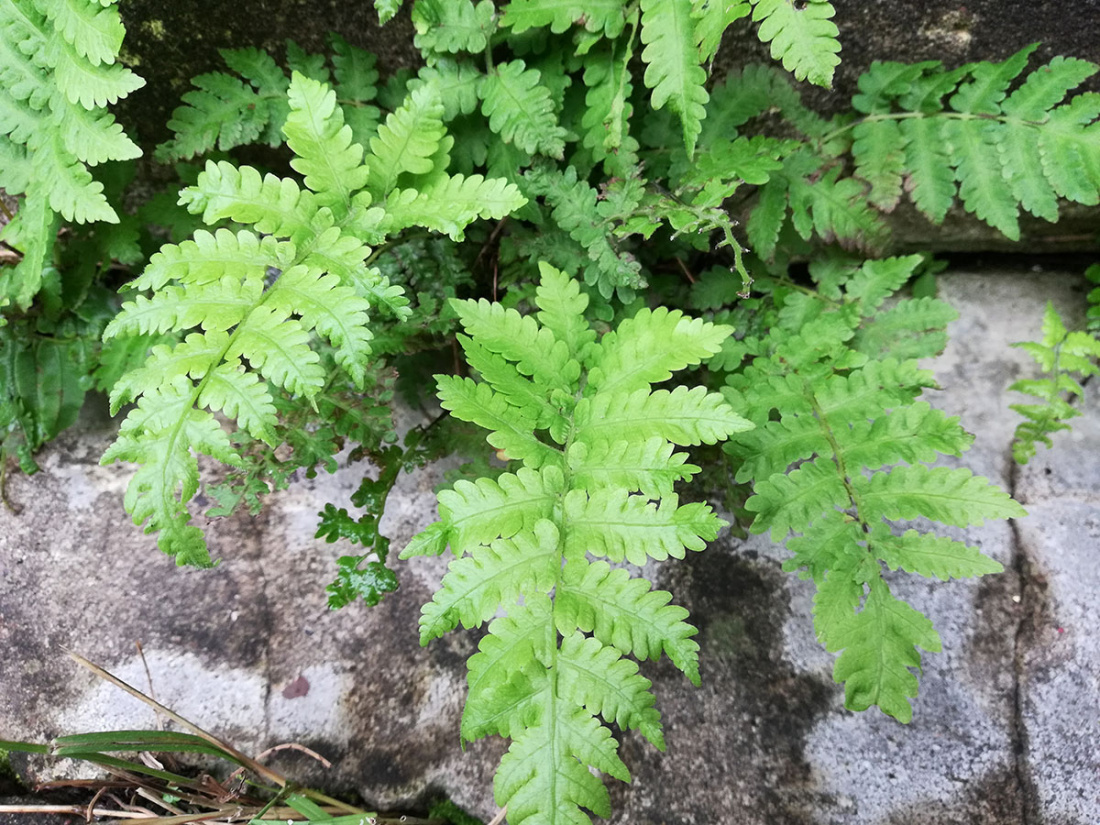
Robust Fern (Dryopteris Complexa)
Also known as the Buckler Fern, these easily grown ferns can reach about four feet tall and four feet wide. They prefer rich humus soil but can tolerate droughts after they are established. The upright fronds are ruffly and wide, keeping the plant attractive all year.
When they first bloom, the fronds are light green in color but darken into an evergreen hue during the warmest months. The name refers to the fact that it is very easily grown so that even those with brown thumbs can grow one.
Deciding on Your Best Fern
No matter which species of fern you get, be sure to check the tag for:
- The correct name
- Zone tolerance
- Watering requirements
- Soil preference
You may want to get your fern from a nursery or other local grower, so you know exactly what you are getting. That way, there will not be any doubt in how to care for your fern.
TOP HARDY FERNS
| Species | Zones | Sun/Shade | Soil Type |
| Autumn Fern | 5 – 8 | Any | Slightly acidic |
| Christmas Fern | 3 – 9 | Shade | Strongly acidic |
| Cinnamon Fern | 2 – 10 | Any | Strongly acidic |
| Dragon's Tail Fern | 4 – 8 | Shade | Any |
| Hay Scented Fern | 3 – 8 | Any | Strongly acidic |
| Holly Fern | 5 – 10 | Partial Shade | Acidic |
| Japanese Fern | 3 – 8 | Partial Shade | Alkaline |
| Maiden Fern | 2 – 10 | Full sun | Acidic |
| Ostrich Fern | 3 – 7 | Partial Shade | Alkaline |
| Robust Fern | 5 – 9 | Partial or full shade | Neutral |


